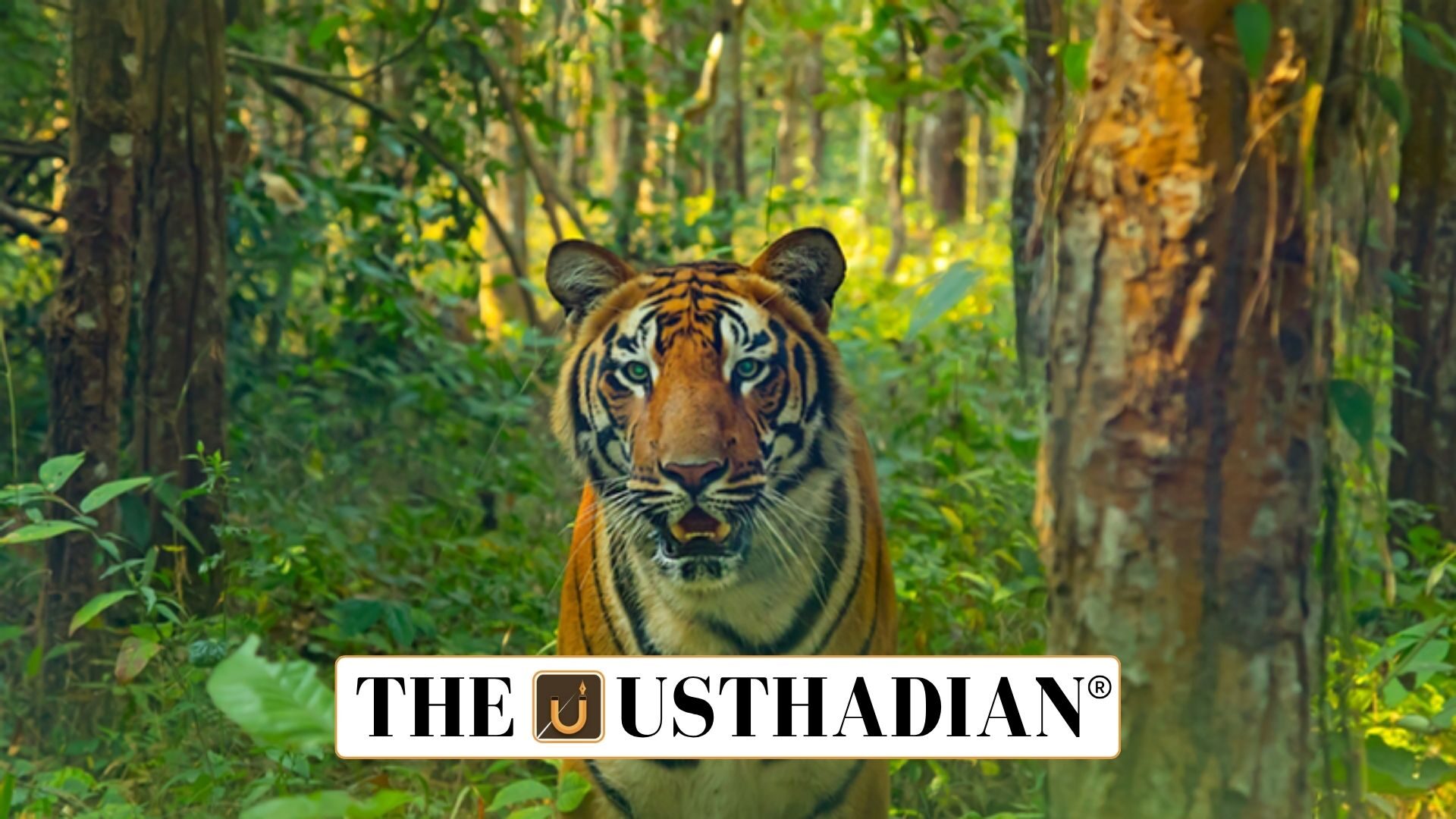First IUCN Green Status Assessment
IUCN Green Status Assessment Declares Tiger as Critically Depleted: The International Union for Conservation of Nature (IUCN) has released the first-ever Green Status of Species assessment for the Tiger (Panthera tigris). The big cat has been classified as “Critically Depleted”, indicating severe population loss and ongoing threats.
The Green Status complements the IUCN Red List, focusing on how far a species has recovered rather than just how close it is to extinction. This evaluation aims to recognize conservation successes while identifying areas needing urgent attention.
Understanding the Green Status Framework
Launched in 2012 and officially integrated into the Red List assessments in 2020, the Green Status measures the recovery progress of species. It assesses how much of a species’ historical range remains occupied and whether it continues to fulfill its ecological roles.
The recovery is represented by a “Green Score”, ranging from 0% to 100%, where 100% represents full recovery. The framework uses categories such as Largely Depleted, Moderately Depleted, Slightly Depleted, and Fully Recovered.
Static GK fact: The IUCN Red List was first published in 1964, serving as the world’s most comprehensive inventory of the global conservation status of biological species.
Key Findings of the Tiger Assessment
The current population of mature tigers is estimated at 2,608–3,905 individuals, and the trend is decreasing. Tigers are now extinct in 9 of the 24 areas evaluated, showing widespread regional losses.
Despite this decline, the assessment shows a High Conservation Legacy and Medium Recovery Potential, signaling that conservation actions have had measurable success, especially in countries like India and Nepal.
Static GK Tip: India’s Project Tiger, launched in 1973, remains one of the most successful wildlife conservation initiatives globally.
Major Threats to Tiger Populations
The primary threats include habitat loss, poaching, prey depletion, and fragmentation of forests. Expanding human settlements and illegal wildlife trade continue to endanger their survival.
Regional extinctions have occurred due to poor protection and lack of ecological corridors. However, increased surveillance and habitat restoration have contributed to gradual recovery in select landscapes.
India’s Role in Global Tiger Conservation
India holds nearly 75% of the world’s wild tigers, making it the epicenter of tiger conservation efforts. It hosts significant populations in Jim Corbett, Sundarbans, Ranthambore, Bandhavgarh, and Kaziranga.
The Wildlife (Protection) Act, 1972, lists tigers under Schedule I, ensuring the highest level of protection. Additionally, CITES Appendix I prohibits international trade in tiger parts.
Static GK fact: The Global Tiger Forum (GTF), established in 1994, is the only intergovernmental body dedicated to the conservation of tigers in the wild.
Way Forward
To improve the Green Score, nations must enhance habitat connectivity, prevent poaching, and support transboundary conservation initiatives. Collaborative action across range countries will determine whether the tiger can progress from “Critically Depleted” toward recovery.
Static Usthadian Current Affairs Table
IUCN Green Status Assessment Declares Tiger as Critically Depleted:
| Topic | Detail |
| IUCN Green Status for Tiger | Declared “Critically Depleted” |
| Current Population Estimate | 2,608–3,905 mature individuals |
| Population Trend | Decreasing |
| IUCN Red List Category | Endangered |
| Year Green Status Introduced | 2012 (integrated in 2020) |
| Recovery Potential | Medium |
| Conservation Legacy | High |
| Extinct Range Areas | 9 out of 24 regions |
| India’s Tiger Share | Around 75% of global population |
| Legal Protection | Schedule I (Wildlife Protection Act, 1972), CITES Appendix I |








